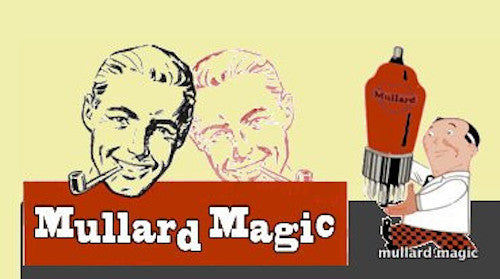
SIEMENS
Share


Siemens & Halske (S&H) was incorporated in 1897, and then merged parts of its activities with Schuckert & Co., Nuremberg in 1903 to become Siemens-Schuckert.
In 1907 Siemens (Siemens & Halske and Siemens-Schuckert) had 34,324 employees and was the seventh-largest company in the German empire by number of employees.
In 1919, S&H and two other companies jointly formed the Osram lightbulb company. A Japanese subsidiary was established in 1923.
During the 1920s and 1930s, S&H started to manufacture radios, television sets, and electron microscopes.
In 1932, Reiniger, Gebbert & Schall (Erlangen), Phönix AG (Rudolstadt) and Siemens-Reiniger-Veifa mbH (Berlin) merged to form the Siemens-Reiniger-Werke AG (SRW), the third of the so-called parent companies that merged in 1966 to form the present-day Siemens AG.
In the 1930s Siemens constructed the Ardnacrusha Hydro Power station on the River Shannon in the then Irish Free State, and it was a world first for its design. The company is remembered for its desire to raise the wages of its under-paid workers only to be overruled by the Cumann na nGaedheal government.
Siemens businessman and Nazi Party member John Rabe is credited with saving many of Chinese lives during the Nanking Massacre. He later toured Germany lecturing on the atrocities committed in Nanking.
In 1966, Siemens & Halske (S&H, founded in 1847), Siemens-Schuckertwerke (SSW, founded in 1903) and Siemens-Reiniger-Werke merged to form Siemens AG.
In 1969, Siemens formed Kraftwerk Union with AEG by pooling their nuclear power businesses.
The company's first digital telephone exchange was produced in 1980. In 1988 Siemens and GEC acquired the UK defence and technology company Plessey. Plessey's holdings were split, and Siemens took over the avionics, radar and traffic control businesses — as Siemens Plessey.
In 1985 Siemens bought Allis-Chalmers' interest in the partnership company Siemens-Allis which supplied electrical control equipment. It was incorporated into Siemens' Energy and Automation division.
In 1987, Siemens reintegrated Kraftwerk Union, the unit overseeing nuclear power business.
In 1991, Siemens acquired Nixdorf Computer AG and renamed it Siemens Nixdorf Informationssysteme AG, in order to produce personal computers.
In October 1991, Siemens acquired the Industrial Systems Division of Texas Instruments, Inc, based in Johnson City, Tennessee. This division was organized as Siemens Industrial Automation, Inc., and was later absorbed by Siemens Energy and Automation, Inc.
In 1997 Siemens agreed to sell the defence arm of Siemens Plessey to British Aerospace (BAe) and a German aerospace company, DaimlerChrysler Aerospace. BAe and DASA acquired the British and German divisions of the operation respectively.
In 1999, Siemens' semiconductor operations were spun off into a new company known as Infineon Technologies. Also, Siemens Nixdorf Informationssysteme AG formed part of Fujitsu Siemens Computers AG in that year. The retail banking technology group became Wincor Nixdorf.
